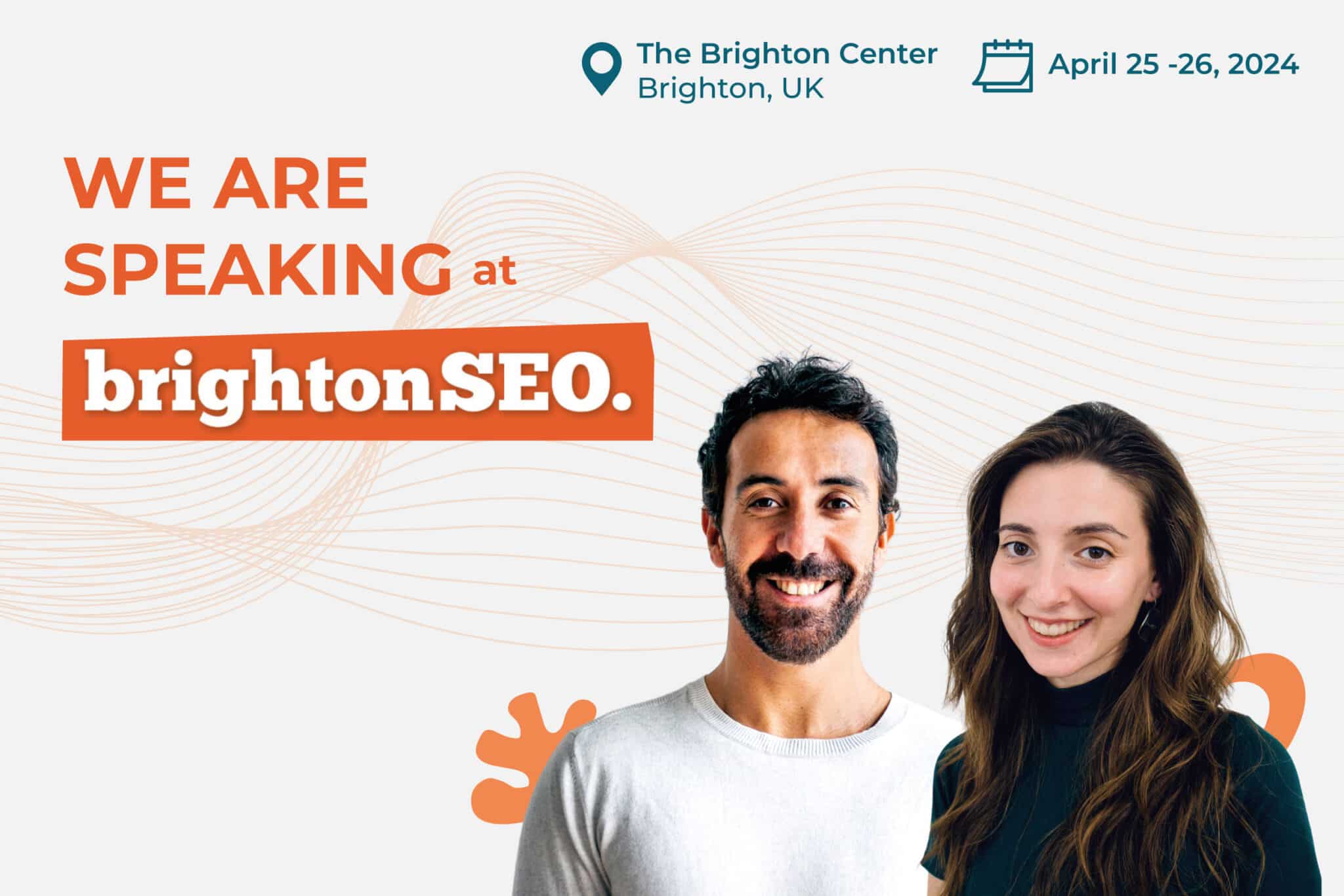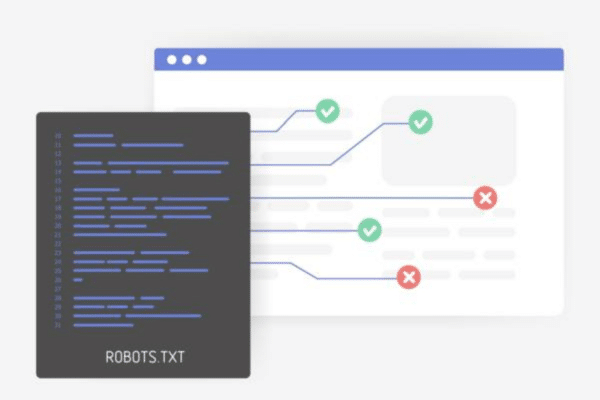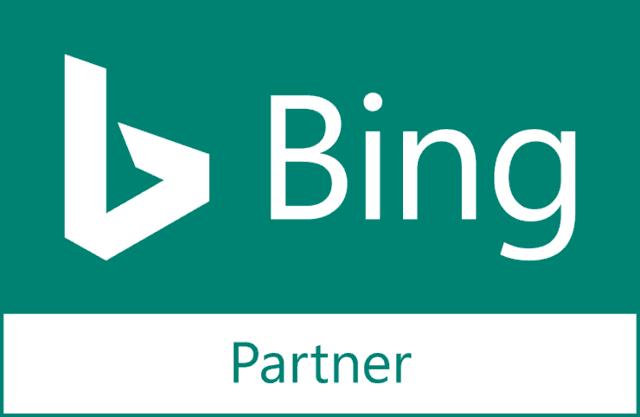The Beginner’s Guide to Creating an SEO-Friendly Website
Search engine optimisation has always represented the backbone of the e-commerce community. While the techniques have changed over time, the intention remains the same. SEO is meant to enhance the end-user experience while simultaneously enabling a website to rank prominently within a search engine results page (SERP).
Still, some may have more difficulty grasping the finer points than others. As opposed to throwing in the proverbial towel, it is much better to clarify the basics so that you can avoid common mistakes that could cost time as well as money. Let’s examine some key takeaway points.
Choosing the Best Website Hosting Service
Although shared hosting platforms are common, these are sometimes associated with drawbacks such as relatively poor security protocols, and a lack of virtual storage space. The best way to avert these issues is to select a virtual private service (VPS). For example, the VPS hosting from IONOS supports unlimited traffic, and speeds as high as 1 gigabyte per second. Note that 24/7 expert support is always on hand in the event that a problem happens to arise.
Avoid Black-Hat SEO Techniques
The term “black hat” is used to describe a handful of strategies intended to provide a website with an unfair SEO edge. Examples include keyword stuffing, cloaking, and duplicate text. However, these practices will often come at a price in terms of potential Google penalties. It is much better to adhere to well-established practices. Not only will this help to improve your search engine rankings, but a more transparent website is always looked upon favourably by the average visitor.
Use the Tools at Your Disposal
There is no need to “go it alone” when creating a sound SEO campaign from scratch. Most experts recommend leveraging the numerous utilities found across the vast expanse of the Internet. For example, Google provides plenty of helpful SEO plugins that can be directly embedded within your browser. Another powerful utility comes in the form of Google Analytics. This package will help you appreciate whether or not your ongoing efforts are paying off. You can then make the appropriate changes when the time is right.
The Power of Linking
Inbound and outbound links should represent yet another facet of any well-planned SEO strategy. These links serve two purposes:
- They provide an easy means for visitors to find what it is that they happen to be looking for.
- Quality links help to boost your SEO clout; resulting in higher search engine rankings.
However, note that the term “quality” was mentioned above. Avoid spurious and/or blind links (such as redirects to an entirely irrelevant third-party website). These can actually harm your SEO campaign, and possible lead to reduced rankings.
Search engine optimisation is a constantly evolving concept. Rules change from time to time, and it pays to keep up to date with the latest protocols. Although much of this work will occur behind the scenes, there is little doubt that the end results are well worth the effort that you have put forth.















